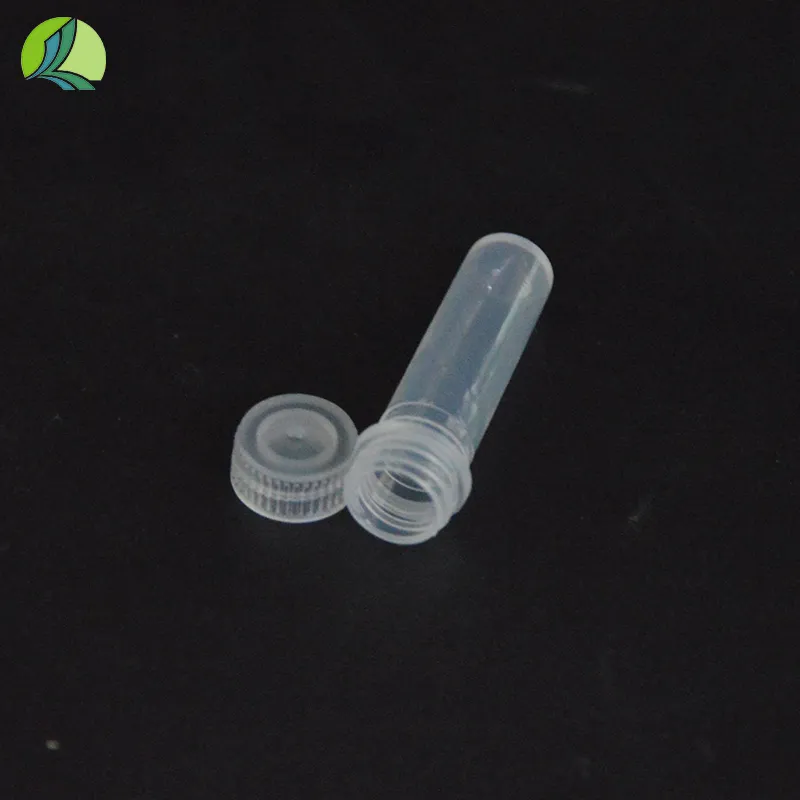urine tube collection
Understanding Urine Tube Collection A Comprehensive Guide
Urine tube collection is a vital procedure utilized in medical diagnostics to gather urine samples for various tests. This process is essential for assessing a patient’s renal function, metabolic state, and the presence of diseases, including urinary tract infections and metabolic disorders. This article aims to provide a detailed overview of the urine tube collection procedure, its significance, and considerations for healthcare professionals and patients.
The Importance of Urine Collection
Urinary analysis is one of the most commonly conducted laboratory tests. It helps in diagnosing conditions such as diabetes, kidney disease, liver dysfunction, and infections. A proper urine collection is crucial for the accuracy of these tests. Even the slightest contamination or improper handling can lead to erroneous results, which can affect patient care.
Types of Urine Samples
There are several types of urine samples collected, including
1. Random Sample This is the most common type of urine collection, where a sample is taken at any time during the day. It provides a quick overview of the patient's urinary health.
2. Timed Collection Sometimes, specific conditions require urine to be collected over a set period, such as 24 hours. This method is beneficial for assessing kidney function more accurately.
3. Midstream Sample This sample involves discarding the initial part of the urine stream and only collecting the midstream portion. This technique helps reduce contamination from bacteria present in the urethra and surrounding areas.
urine tube collection

The Collection Procedure
The urine collection procedure can be performed by healthcare professionals or patients themselves, depending on the context. Here’s a general guideline for conducting a urine tube collection
1. Preparation The patient should be informed about the procedure, and appropriate consent should be obtained. Ensure that the collection area is clean and equipped with necessary supplies, including sterile urine collection containers and gloves.
2. Patient Instructions Patients should be instructed on how to clean the genital area before collection to minimize contamination. For women, using a cleansing wipe around the urethra is recommended.
3. Collecting the Sample Instruct the patient to start urinating, then to pause and collect the midstream urine into the sterile container. This technique helps yield a more accurate analysis of the urine composition.
4. Labeling and Storage After collection, the urine sample should be immediately labeled with the patient’s details and the date and time of collection. It’s crucial to store the sample correctly if it cannot be analyzed right away, usually in a cool environment, to prevent bacterial growth.
Considerations and Challenges
While urine tube collection is a straightforward procedure, it may present challenges. Patients may experience difficulty providing a sample due to anxiety, medical conditions, or physical limitations. Healthcare professionals must be sensitive to these issues and employ strategies to facilitate successful collection, ensuring patient comfort and dignity.
In conclusion, urine tube collection plays a critical role in medical diagnostics. By adhering to proper procedures and techniques, healthcare professionals can ensure the accuracy and reliability of urine tests, ultimately leading to better patient outcomes. Understanding the significance of this procedure can empower both patients and providers in managing health effectively.
-
Aesthetic Makeup Spray Bottles | Fine Mist Empty RefillableNewsAug.19,2025
-
White Plastic Veterinary Vaccine Vials | Lab Liquid BottlesNewsAug.18,2025
-
Plastic Medicine Liquid Bottle: Secure Flip Top Drug VialsNewsAug.17,2025
-
Durable 250ml Blue Plastic Vaccine Vial for Lab & Vet UseNewsAug.16,2025
-
Sterile Virus Sample Tubes: Secure & Reliable Specimen CollectionNewsAug.15,2025
-
White 250ml Plastic Vaccine Vial for Lab & Vet MedicineNewsAug.14,2025
























